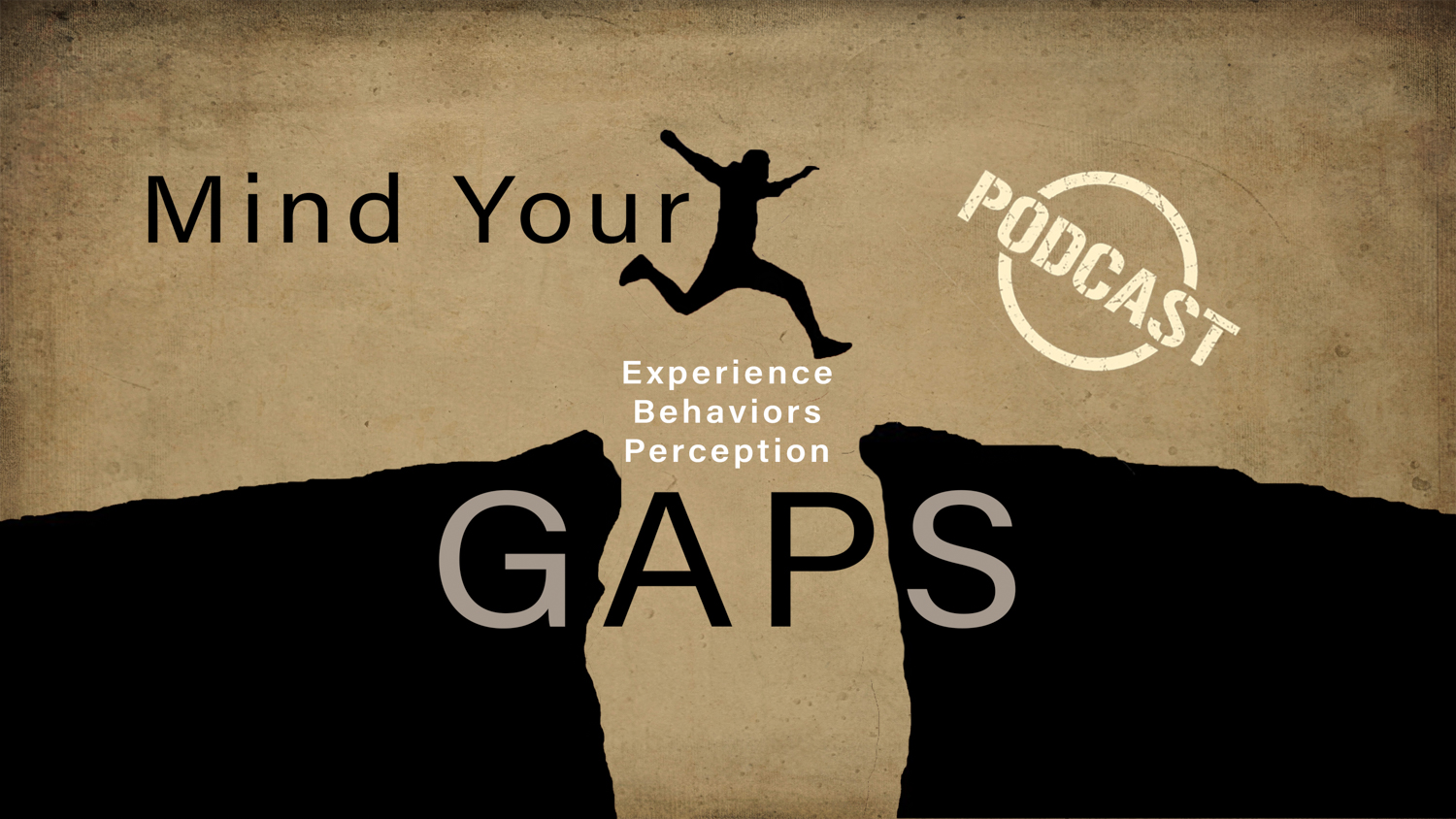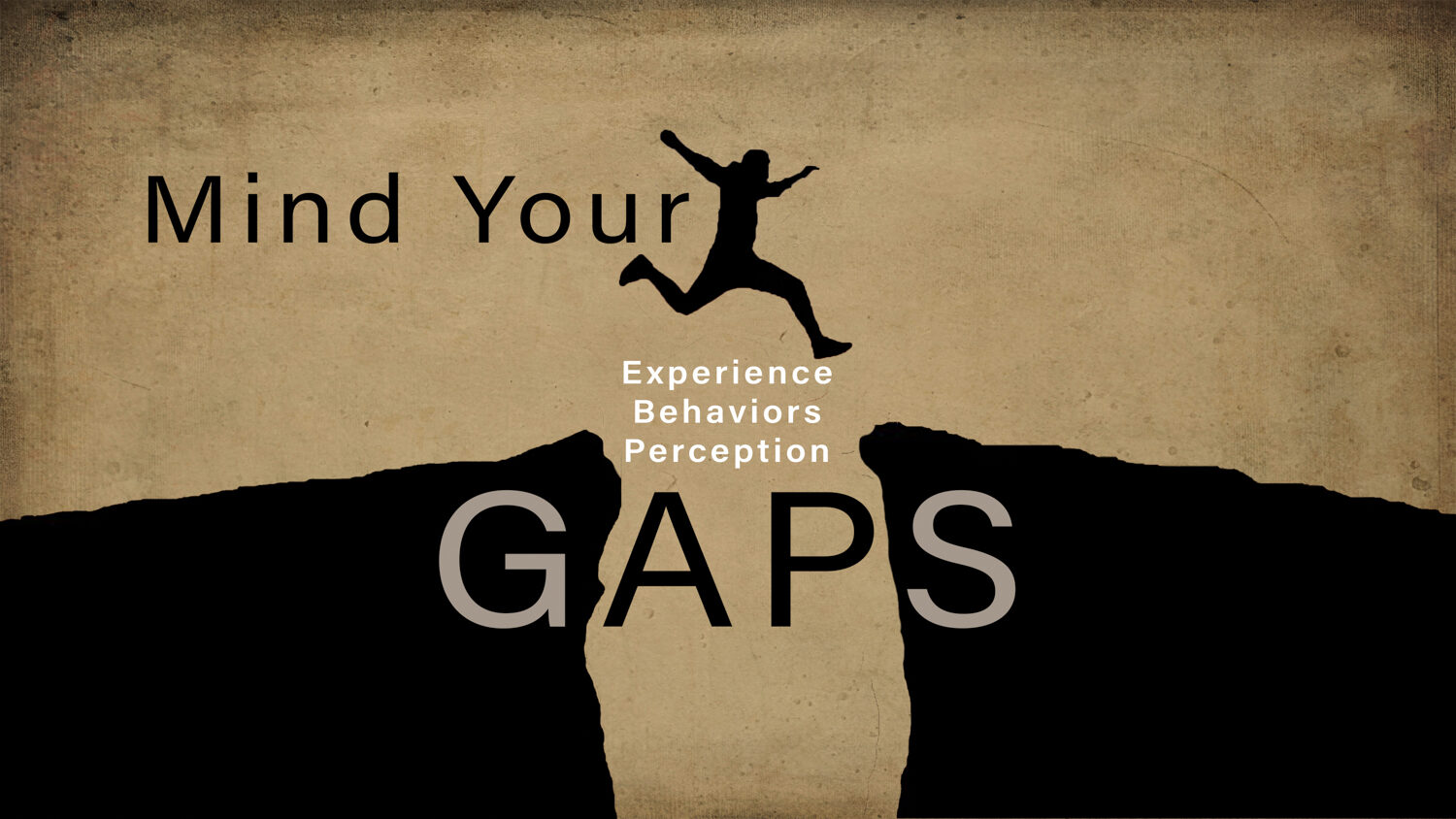Great product management is at the core of a company’s success. When companies create and nurture good products, they become more competitive, their customers are happier, and they have a higher probability of success.
On the other hand, companies that fail to create good products or nurture them, find themselves with damaged reputations. Customers value working with companies that are dependable and that pay close attention to the quality and reliability of their products.
Similar things happen in the workplace. Our brand is our product. It is the most valuable workplace asset we own. We must build it, nurture it and protect it just like companies do their products.
I have a simple philosophy about work and employment. Most of us work so we don’t have to work. We all want the chance to call our own shots later in life and to do something we love or are passionate about. For you, perhaps that means owning your own business, retiring on a beach in the French Riviera, traveling to faraway places, volunteering for a good cause or just having the flexibility to do whatever you want to do. The more valuable we become to our employer, the more money we make and the sooner we can celebrate that moment.
To achieve our goal, we have to think of ourselves as a product. Most people in the workplace don’t think this way. They go through their day without managing their image and their brand. They sometimes say and do the wrong things without realizing that they are impacting the one thing they should protect at all costs. Their brand!

Personal brand strategy and self-awareness are common areas of opportunity for many of the people I coach. As a result, I have created a seven-step process to help them achieve their goals, improve their personal brand and increase their value in the workplace.
- The first step in the process is to define what you want your personal brand to be. Call this the product design phase. Start with defining how you want others to view you. I recommend you make a list of the words you want other people to use to describe you. Doing so will focus your efforts to create the actions that support these words. One fun activity is to put these words in a word cloud and display it where you can see it. Perhaps make this your screen background on your phone or computer. It will serve as a constant reminder of your goal.
- Once you define your brand goal, you need to understand how people are perceiving you. In business this would be the market awareness phase. You may already have this information in the form of past performance reviews, 360-degree feedback surveys or ad hoc feedback given to you by people you work with. If you don’t have any feedback information, then it is important to gather it. Ask the people you work with for help. Let them know you are working on creating your personal brand and ask them to describe you by using one or two words. Read my article or listen to my podcast on how to receive, process and use feedback. In the article I provide a few tips on how to properly thank people for their input.
- The next step is to understand the gaps between what you want your brand to be and what it really is. Self-awareness is the key to developmental change. Understanding which behaviors need to change and being aware of when they occur will help define the actions that will make your brand come to life. Let’s say you want to be known as a great listener and you receive feedback that you interrupt conversations a lot. To achieve your goal, you might decide to adopt an active listening style during meetings. If you can become aware of the times when you interrupt others, and you understand the conditions that exist when you interrupt, then you can create a process whereby you stop interrupting in favor of another option. Marshall Goldsmith, one of my favorite executive coaches and best-selling author, spells out this process in his book Triggers. I highly recommend you read it. In his book he outlines that if we can become aware of the trigger and the impulse that follows, then we can choose the right behavior, one that will have the best outcome for everyone. Think of it as processing a series of pros and cons for each possible behavioral option and then picking the behavior that benefits us the most. Doing this will help build the brand we want.
- Once you have become more self-aware, the next step in the process is to focus on the actions that will make this brand come to life. The actions you take should add the most value to your brand. Think of it as running all the right ads or impressions that reflect the brand and the words that you want people to use to describe you. Using the prior example, you will want to run as many “active listening ads” as possible. With time, this will become a part of your brand. Failure to be disciplined will have the opposite effect. If you continue to exhibit the wrong behavior, then it will erode the work you have done, and you will need to start all over again.
- The next step is to protect your brand at all costs. We must remember that everything we do in the workplace either increases our product value (I call these accretive actions) or decreases our product value (I call these decretive actions). The more accretive actions you have, the better your brand and the more your product is worth. I’m not talking about actively marketing yourself. We all know of people who do that. I am talking about creating positive impressions each time you interact with anyone in the workplace. Every action impacts your brand, especially your body language. Every time you react to a conversation, roll your eyes, miss a meeting, show up late, say the wrong thing or complain will impact how people view you. It is important to focus on positive impressions with each interaction. Take a look at your day and try to understand how you’ve impacted your brand with the actions you’ve taken.
There are some additional actions that will protect your brand and increase your value. These will also create a lasting positive image with those you work with.
-
- Behave Ethically – This one goes without saying. When faced with difficult issues or decisions, always take the high-road and always push to do the “right thing”. This is a great way to reinforce that you are an ethical person and that you can be trusted. This should be your true north.
- Deliver Results – You can increase the value of your product by delivering results consistently. Leaders want to hire consistent and predictable performers. You will come across as dependable and your leader will trust you with critical assignments. This will help you grow and develop new skills.
- Have a Positive Attitude – Reinforce your brand by having a positive attitude at all times. I recommend you smile often, always greet people in a meeting and consistently contribute in a positive, constructive way. Remain positive and upbeat during difficult times and when issues arise. Avoid having a negative attitude and never gossip or spread rumors.
- Mind Your Body Language – We often overlook our body language and how others view us during the workday. Our body language typically mirrors our attitude. Crossing your arms, remaining silent, having a frown on your face and seeming disinterested in the subject or the meeting will negatively impact your brand. Lean forward, take notes, ask questions and be highly engaged to create positive impressions.
- Be On Time – Make sure you are always on time. If you are late to meetings, then people will question your ability to meet deadlines and complete tasks. Being occasionally late is acceptable, but if it is a matter of habit then your time management will come into question and your brand will suffer. Leaders want to hire dependable people.
- Be an Engaging Contributor – Engagement is one of the qualities leaders look for in the people they work with. It is important to be engaged in every aspect of your work. Avoid distractions in meetings (texting, doing email or working on your laptop). It is also important to be present on conference calls. Actively participate and contribute to the call by speaking up, ask questions and stay engaged. Just because people can’t see you does not mean they are not forming opinions of you.
- Help Others – Be helpful to other members of the group. If you see someone struggling or needing help, then volunteer to help them. This is a great quality and it is something that can really help build your brand and reputation.
- The sixth step in the process is to avoid decretive actions. These negative impressions wipe out months and years of positive impressions. I call these “unforced errors” as they are controllable, and they can be avoided. These decretive actions are most often caused by our blind spots or our derailleurs. They usually occur during times of stress or when we are tired. The Hogan Leadership Forecast Series personality assessment is a great way to identify what these might be. Search for Hogan on my website and you can find out more about this valuable tool. Most human resource departments have assessment tools available for those that request them.
- The last step in the process is to periodically verify your brand. Your value and financial worth to the company you work for is most often determined by your manager and the leaders above you. It is important to understand how the people you work with perceive you.
To determine your value, your manager may collect feedback from the individuals you work with. This is usually done during the required performance management process. This feedback is based on how those people perceive your work product and how they view your interactions with them. If you do a good job of managing your relationships, your interactions with them and the quality of your work, then the feedback they provide about you will likely be positive. The opposite is true if you don’t. Their feedback will be negative, and it will impact your worth.
You don’t have to wait for this annual performance management process to understand how they feel about you. In the feedback podcast I discussed earlier, I outline the different types of feedback available to us and their level of effectiveness. I singled out that identifying a few people you work with and obtaining feedback on a regular basis from them is the most effective use of feedback. The information they provide you helps fine-tune your developmental items and it will help you get back on track.
Your career trajectory and your pay are directly related to your product value. If you do a great job of managing your product then you will most likely make more money, have a better chance for advancement and increase your odds for success. You will be able to call your own shots sooner rather than later.
Treat your brand as a product to increase its value. Identify what you want your brand to be, increase your level of self-awareness and focus on the actions that will make this brand come to life. Remember to take the high road, deliver results consistently, always have a positive attitude, mind your body language, be dependable, maintain a high level of engagement and help others when you can. Avoid the unforced errors along the way. Find a way to get some feedback from time-to-time to evaluate how you are being perceived and make the necessary adjustments. Maximize your accretive actions and eliminate any decretive actions to produce a great product. You will be able to call your own shots before you know it.
I hope this article was beneficial to you. Drop me a note below with your thoughts and questions.
Have a great day, and don’t forget to make a positive impression today and every day!
Thanks,

© T. Kahler Coaching, LLC, All Rights Reserved


